What is Microfibre - Comprehensive Guide on Microfibre and Usage
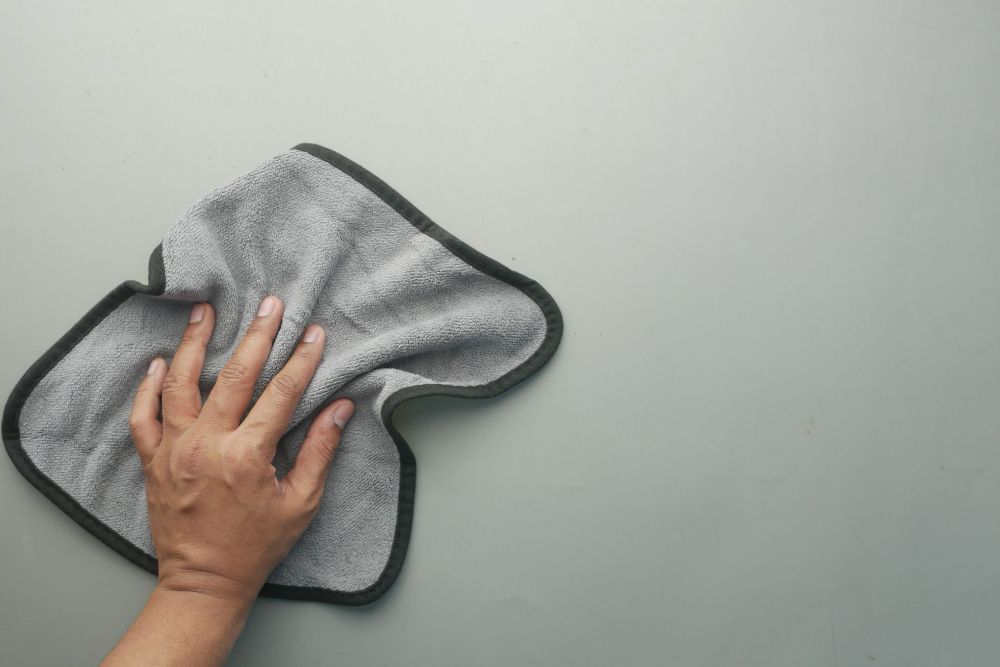
Microfiber is a synthetic textile material that has gained significant popularity due to its unique properties and diverse applications. It is composed of ultra-fine fibers, typically finer than a human hair, which give it exceptional softness and strength. In industrial settings, microfiber has proven to be a versatile and advantageous material. In this article, we will explore what microfiber is and delve into its advantages in industrial use.
What is Microfibre?
Microfiber is a type of fabric made from polyester, nylon, or a blend of both materials. The fibers are densely woven, resulting in a fabric with a high thread count. What makes microfiber stand out are its incredibly small fibers, which are typically less than one denier in thickness. This unique structure enhances the fabric's performance and gives it a range of beneficial properties.
Advantages of Microfibre in Industrial Use
High Absorbency
Microfiber possesses excellent absorbency due to its increased surface area created by ultra-fine fibers. This property makes it an ideal choice for industrial applications where liquid or moisture absorption is essential. Microfiber can efficiently soak up spills, oils, and other liquids, making it highly suitable for tasks such as cleaning, wiping, and mopping in industrial settings.
Enhanced Cleaning Capabilities
The microscopic size of microfiber fibers allows them to reach into tiny crevices and pores that conventional fibers cannot access. This feature makes microfiber highly effective in removing dirt, dust, and grime from various surfaces. In industrial environments, microfiber cloths or mops can clean surfaces thoroughly, leaving behind minimal residue and achieving superior cleanliness.
Durability and Strength
Despite their fine size, microfibers are surprisingly strong and durable. They can withstand rigorous use and repetitive washing without losing their shape or effectiveness. In industrial applications, where materials are subjected to demanding conditions, microfiber's durability ensures longevity, reducing the need for frequent replacements and resulting in cost savings.
Lint-Free and Non-Scratching
Microfiber fabrics are engineered to be lint-free, meaning they shed minimal lint or fibers during use. This quality is highly advantageous in industrial processes that require a clean and lint-free environment. Additionally, microfiber is non-scratching, making it safe to use on delicate surfaces without causing damage or scratches.
Time and Labor Efficiency
The superior cleaning and absorption capabilities of microfiber enable industrial tasks to be completed more efficiently. The high-performance properties of microfiber reduce the effort and time required to clean and maintain surfaces. This increased efficiency can result in labor savings and improved productivity in industrial operations.
Environmental Benefits
Microfiber is considered environmentally friendly due to several reasons. Firstly, its efficient cleaning properties often require fewer cleaning agents and chemicals, reducing the overall use of potentially harmful substances. Secondly, microfiber products have a longer lifespan compared to traditional cleaning materials, leading to less waste generation. Lastly, the manufacturing process of microfiber consumes fewer resources, making it a sustainable choice.
Microfiber is a remarkable textile material that offers numerous advantages in industrial applications. Its high absorbency, enhanced cleaning capabilities, durability, non-scratching nature, and environmental benefits make it a preferred choice in various industrial sectors. As industries continue to seek efficient and effective cleaning solutions, microfiber remains a reliable and versatile option that contributes to improved performance and sustainability.



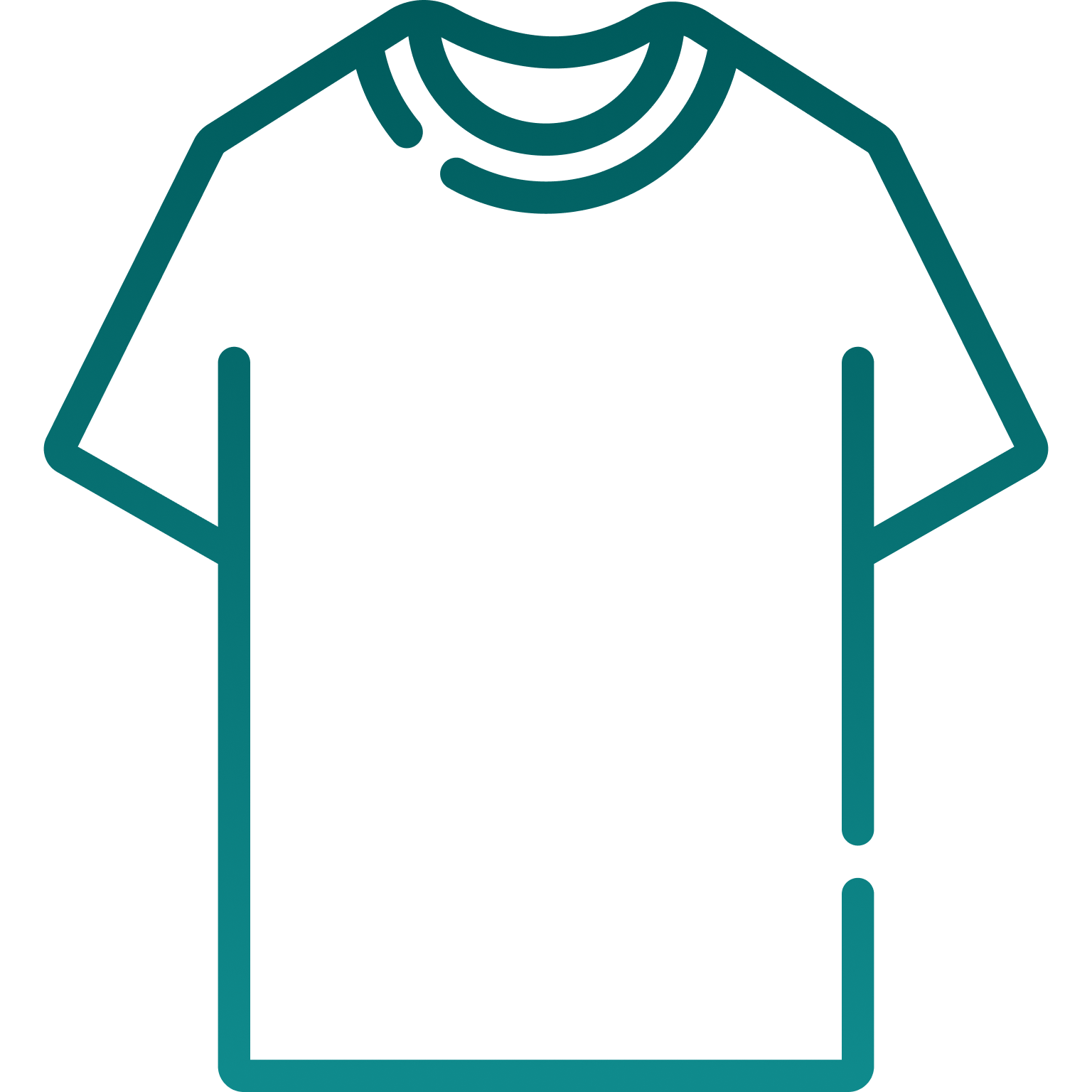
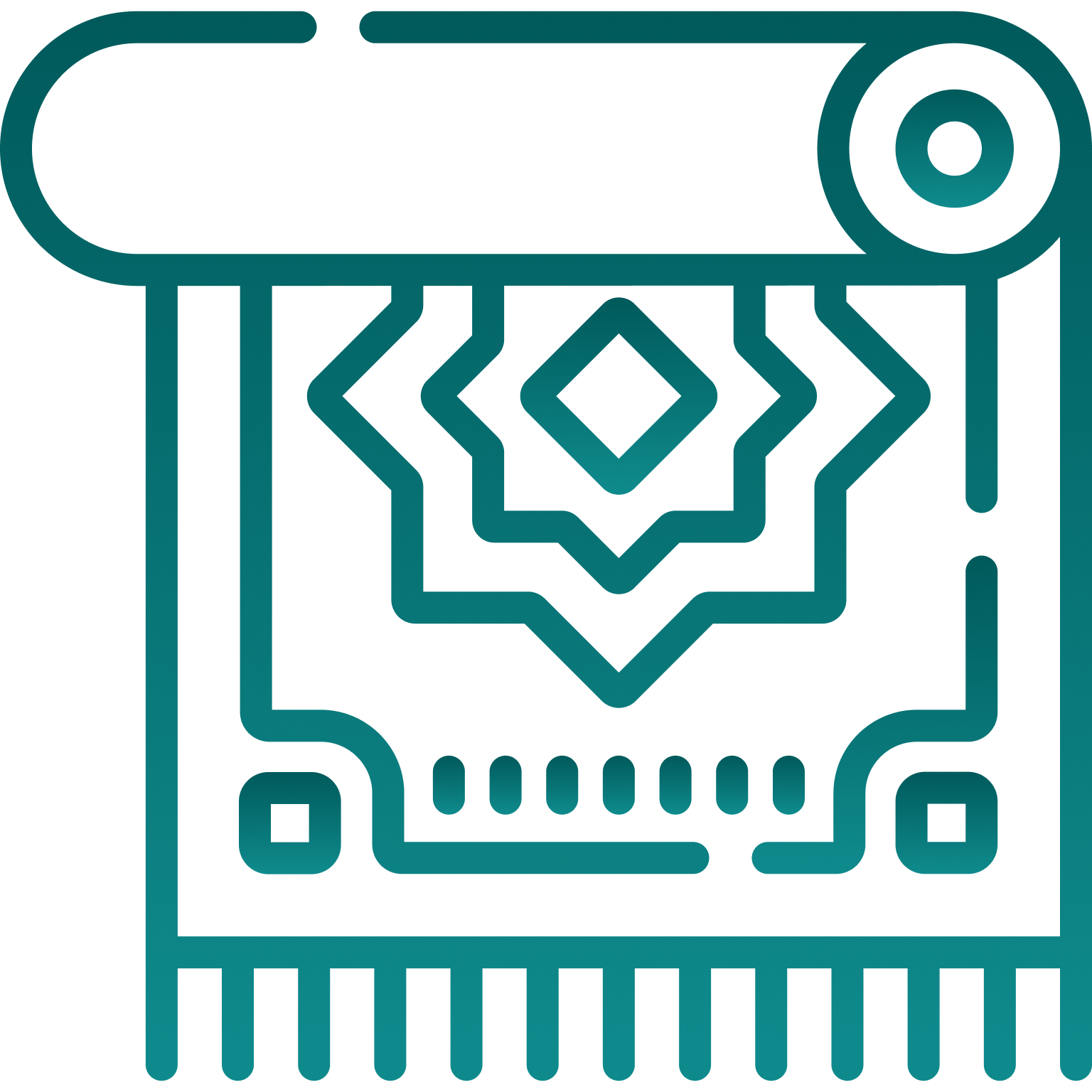
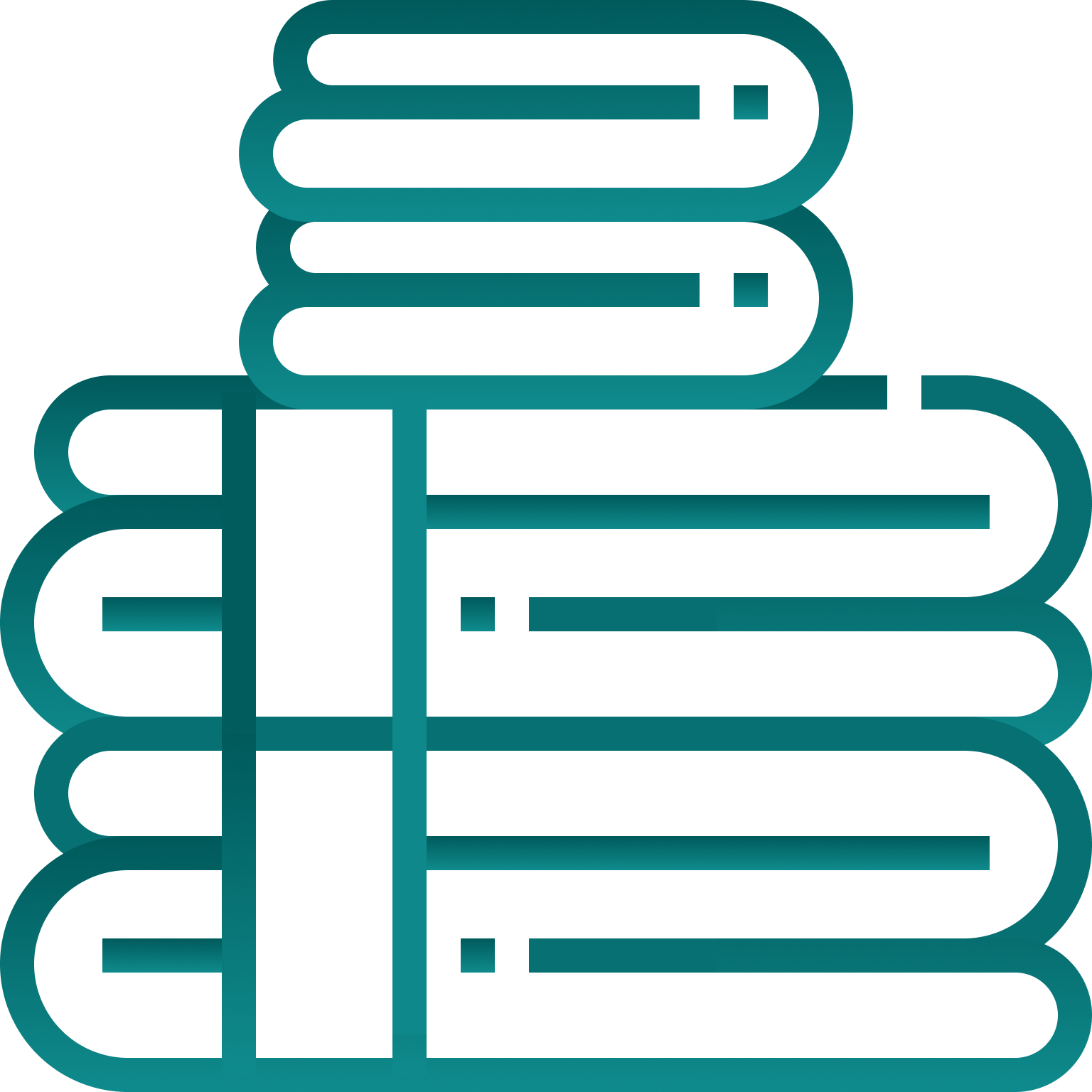
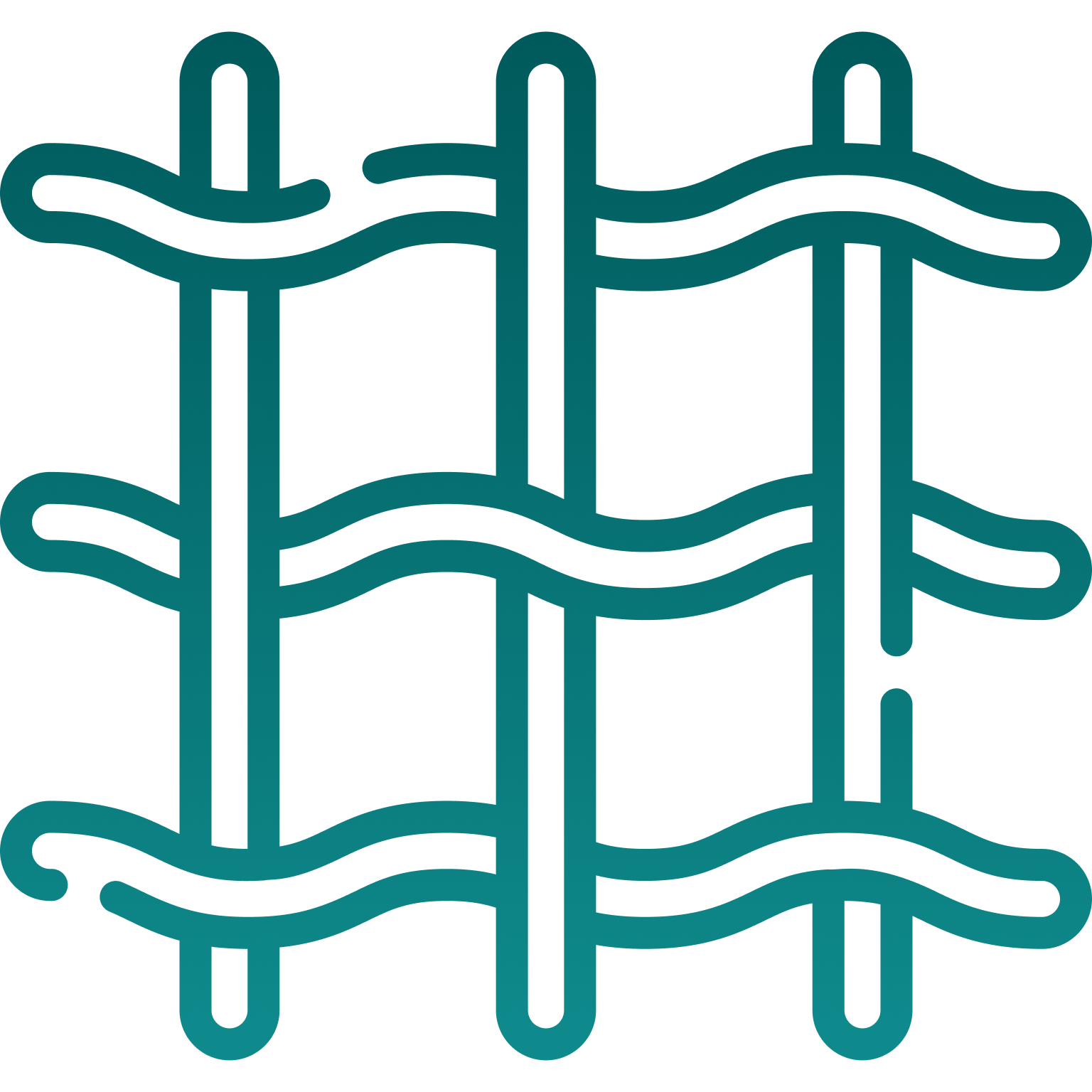
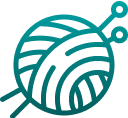
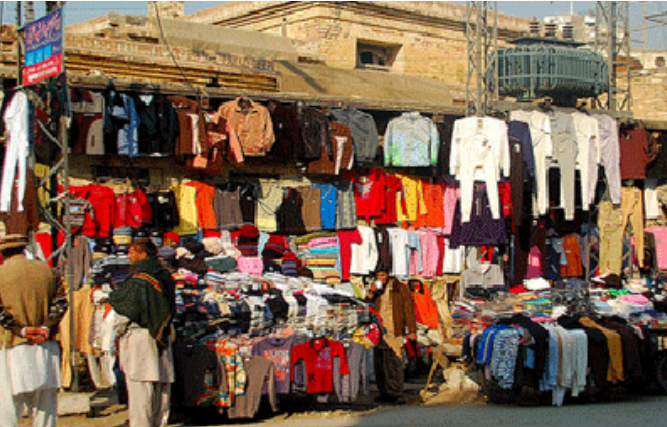





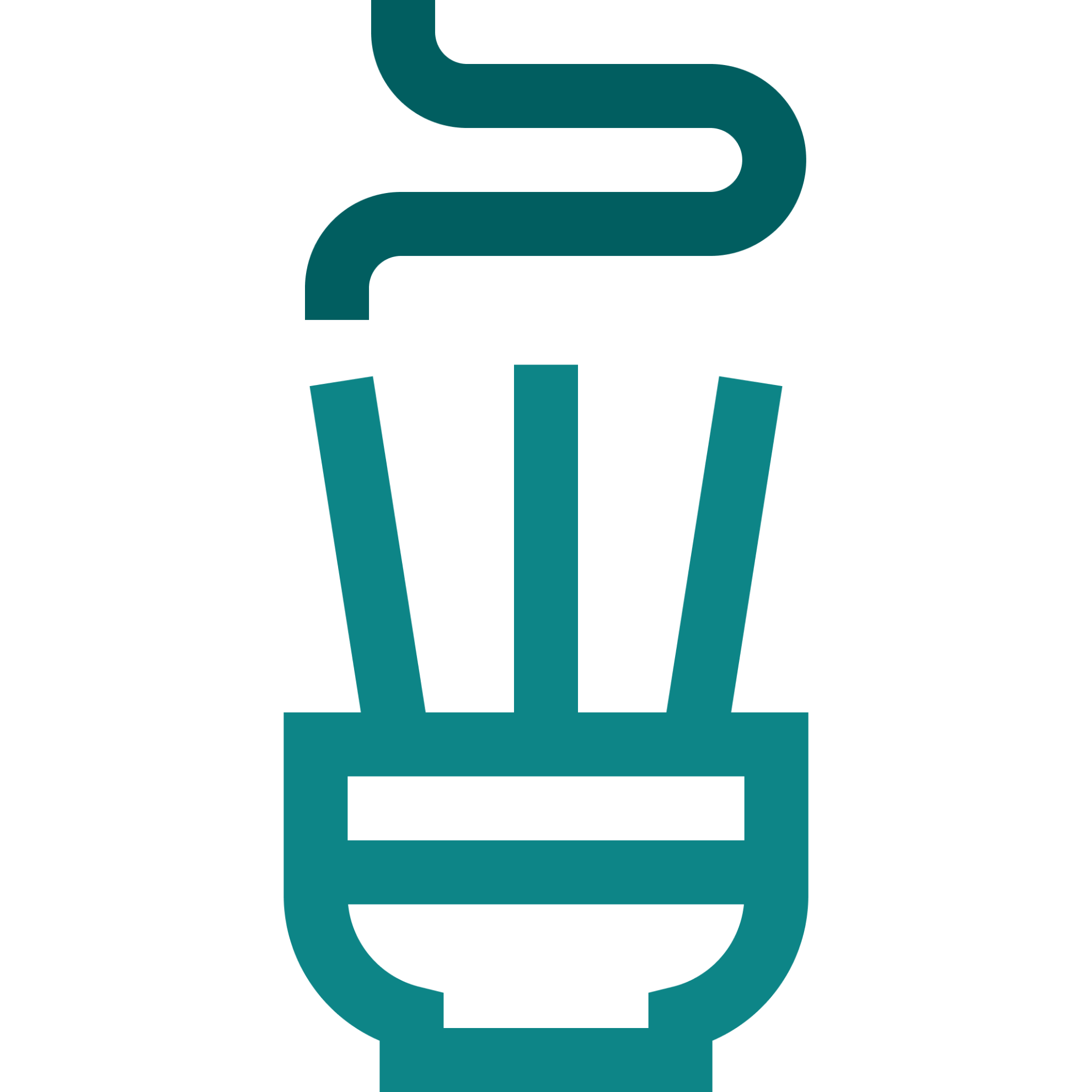
.png)


